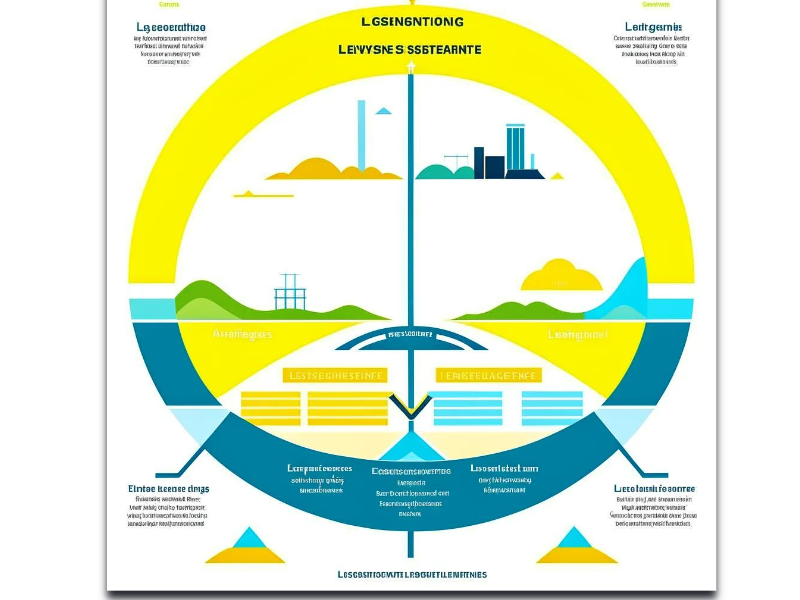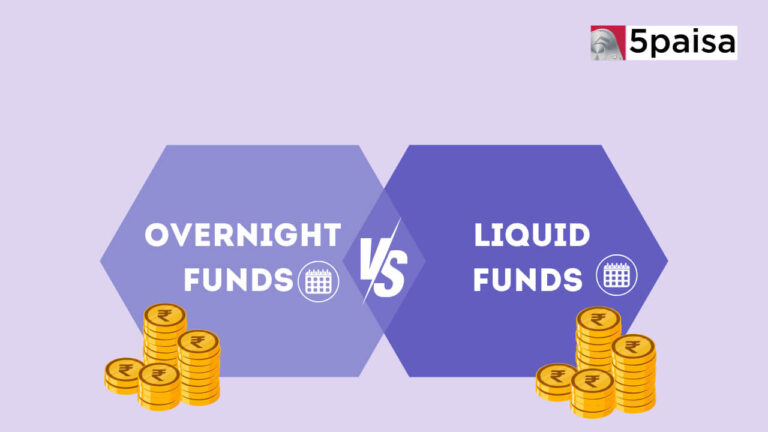Discover how to safeguard your investments with our comprehensive guide to low-risk investment strategies in 2024. Explore stable options like government bonds, CDs, and more to build a resilient portfolio
Introduction:
Low-risk investments are essential components of a balanced investment strategy, offering stability and security amidst market fluctuations. When considering investment options, the allure of high returns can often overshadow the importance of minimizing risk. However, understanding and incorporating low-risk investments can significantly enhance the resilience of your portfolio.
Benefits of Low-risk Investments:

Investing in low-risk assets provides several key benefits. Firstly, they offer stability and predictability in returns, shielding investors from the volatility associated with higher-risk investments. This stability is particularly valuable during economic downturns or periods of market uncertainty. Additionally, low-risk investments contribute to overall portfolio diversification, reducing exposure to specific market sectors and spreading risk across different asset classes.
Types of Low-risk Investments:
- Government Bonds: Government bonds are considered one of the safest investment options due to their backing by national governments. They provide reliable fixed-income streams and are typically unaffected by market fluctuations.
- High-rated Corporate Bonds: Issued by financially stable companies with strong credit ratings, high-rated corporate bonds offer slightly higher yields than government bonds while maintaining relatively low risk.
- Certificate of Deposits (CDs): CDs are time deposits offered by banks with fixed interest rates and maturity dates. They are insured by the Federal Deposit Insurance Corporation (FDIC) up to certain limits, making them a secure option for conservative investors.
- Money Market Funds: These funds invest in short-term, high-quality investments such as Treasury bills and commercial paper. They offer liquidity and stability, making them suitable for investors seeking minimal risk.
Strategies for Building a Low-risk Portfolio:

Building a diversified low-risk portfolio involves strategic asset allocation and careful selection of investments. Start by allocating a significant portion of your portfolio to stable assets like government bonds and high-rated corporate bonds. Consider spreading risk further by including CDs and money market funds. Regularly review and rebalance your portfolio to maintain your desired asset allocation and adjust to changing market conditions.
Potential Risks to Consider:
While low-risk investments offer security, it’s crucial to recognize that no investment is entirely risk-free. Risks such as inflation and changes in interest rates can erode the purchasing power of returns over time. Mitigate these risks by diversifying your portfolio across various asset classes and adjusting your investment strategy as economic conditions evolve.
Conclusion:
In conclusion, low-risk investments play a pivotal role in preserving capital and achieving long-term financial goals with peace of mind. By integrating these investments into your portfolio, you can enhance stability, minimize volatility, and maintain consistent returns over time. Evaluate your risk tolerance and investment objectives carefully when selecting low-risk options, and consider consulting with a financial advisor for personalized guidance.
Frequently Asked Questions (FAQs) about Low-Risk Investments:
1. What are low-risk investments?
- Low-risk investments are financial instruments or assets that are considered safer and less volatile compared to higher-risk investments. They typically offer lower returns but provide greater stability and security for investors.
2. Why should I consider low-risk investments?
- Low-risk investments are essential for diversifying your portfolio and reducing overall risk exposure. They provide stability during market downturns and can serve as a reliable source of income or capital preservation.
3. What are some examples of low-risk investments?
- Examples include:
- Government Bonds: Issued by governments and considered very safe due to backing by the government’s credit.
- High-rated Corporate Bonds: Issued by stable companies with strong credit ratings.
- Certificate of Deposits (CDs): Offered by banks with fixed interest rates and FDIC insurance.
- Money Market Funds: Invest in short-term, high-quality investments like Treasury bills.
4. How do low-risk investments contribute to portfolio diversification?
- By including low-risk investments in your portfolio, you spread risk across different asset classes. This diversification helps mitigate the impact of market volatility on your overall investment portfolio.
5. What are the benefits of investing in low-risk assets?
- Benefits include stability and predictability in returns, reduced exposure to market fluctuations, and peace of mind knowing that your principal investment is safer.




